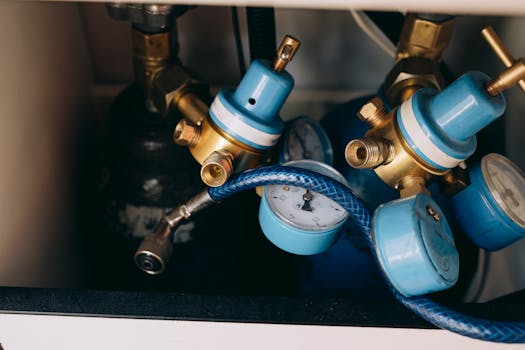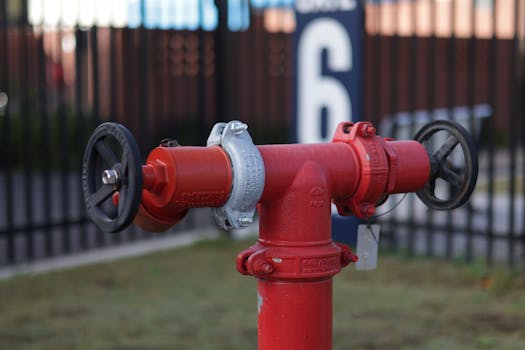
Understanding the Basics of Hydraulics and Pneumatics: A Comprehensive Guide
Takeaways:
- Hydraulics and pneumatics are essential technologies for mechanical systems.
- Hydraulics uses liquids, while pneumatics uses gases to transmit power.
- Both systems have unique advantages and applications across various industries.
In this article, we will delve into the fundamental principles of hydraulics and pneumatics, exploring how they work, their applications, and why they are vital in modern engineering and industrial environments.
What is Hydraulics?

Key Components of Hydraulic Systems
- Hydraulic Fluid: The primary medium used in hydraulic systems, hydraulic fluid is typically oil, which provides lubrication and power transmission.
- Pumps: Hydraulic pumps convert mechanical energy into hydraulic energy by moving the hydraulic fluid through the system.
- Actuators: These devices, such as hydraulic cylinders or motors, convert hydraulic energy back into mechanical energy to perform work.
- Valves: Control the flow and direction of the hydraulic fluid, ensuring that the system operates efficiently and safely.
Applications of Hydraulics
Hydraulic systems are widely used in various industries due to their ability to generate high force and power. Some common applications include:
- Construction Equipment: Hydraulic systems are integral to excavators, bulldozers, and cranes, allowing for precise movement and heavy lifting.
- Automotive Industry: Hydraulic brakes and steering systems enhance vehicle safety and handling.
- Aerospace: Hydraulic systems are crucial for aircraft control surfaces, landing gear, and braking systems.
- Manufacturing: Hydraulic presses are used in metal forming, stamping, and other production processes.
What is Pneumatics?

Key Components of Pneumatic Systems
- Compressed Air: The primary medium in pneumatic systems, compressed air provides the energy needed to operate pneumatic devices.
- Compressors: These machines compress air, making it available for use in pneumatic systems.
- Actuators: Pneumatic cylinders or motors convert the energy from compressed air into mechanical motion.
- Valves: Control the flow and direction of air, enabling precise operation of pneumatic devices.
Applications of Pneumatics
Pneumatic systems are prevalent in various applications, particularly in automation and manufacturing. Some notable uses include:
- Assembly Lines: Pneumatic tools, such as impact wrenches and drills, are used for efficient assembly and disassembly of components.
- Packaging: Pneumatic systems are employed in packaging machines for precise handling and movement of products.
- Transportation: Pneumatic systems are used in systems like air brakes in buses and trucks, providing reliable stopping power.
- Medical Devices: Pneumatics plays a vital role in various medical equipment, including dental drills and respiratory devices.
Conclusion








